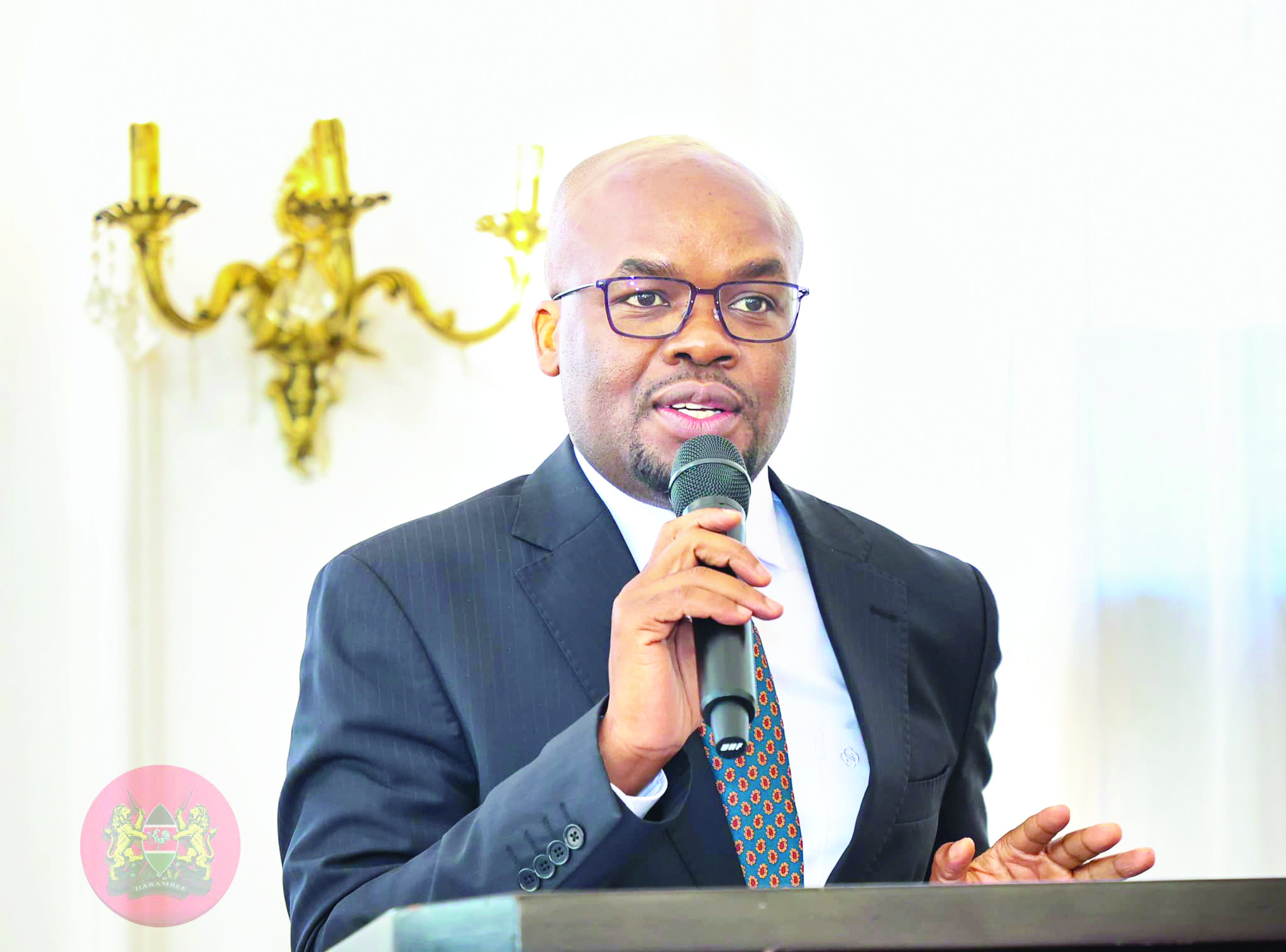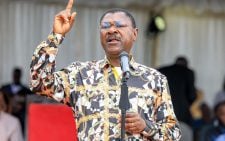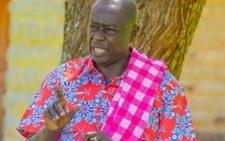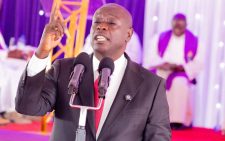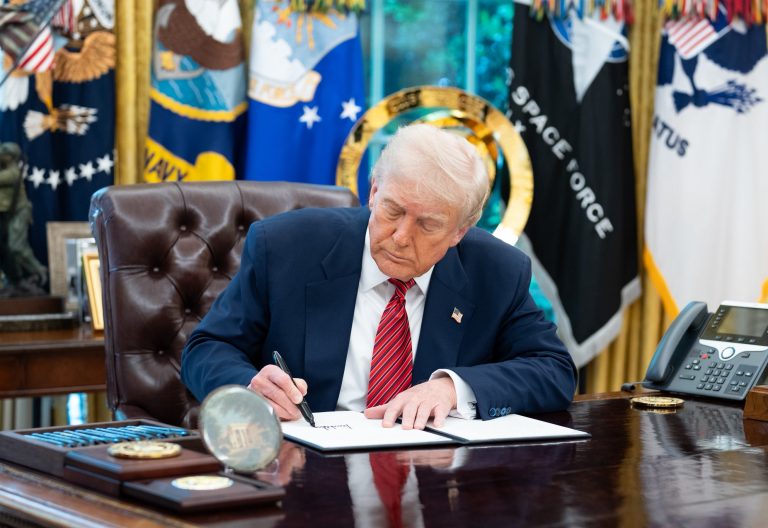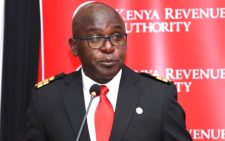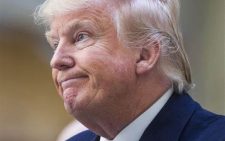Kenya inks Sh10b deals to expand electricity access
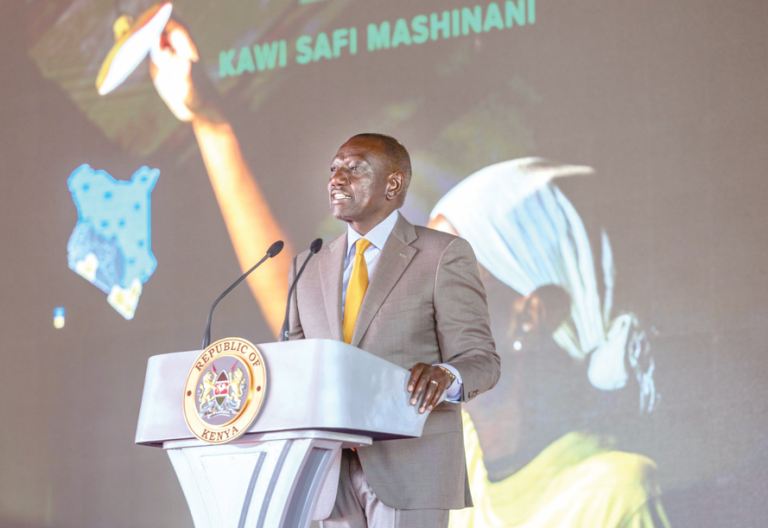
The State is leveraging a Sh10 billion Public-Private Partnerships (PPPs) deal to boost off-grid solar solutions in underserved regions in the country.
The deal aims to develop 113 solar-powered mini-grids and the installation of 343 stand-alone solar systems in public facilities across the country’s marginalised areas.
This is a crucial part of the $150 million (about Sh19.4 billion) Kenya Off-Grid Solar Access Project for Underserved Counties (KOSAP), a World Bank-backed scheme designed to accelerate electrification in remote locations. By collaborating with private entities, the government aims to leverage private sector efficiency, innovation, and funding to enhance public services and facilities.
The deal was signed with a consortium of private contractors, Kenya Power, and the Rural Electrification and Renewable Energy Corporation (REREC) in Nairobi yesterday at a high-profile ceremony attended by senior government officials and development partners. President William Ruto, who presided over the signing at Stima Club, emphasised the transformative potential of the initiative.
“These contracts demonstrate our commitment to leaving no Kenyan behind in our efforts to attain universal access to electricity. By harnessing solar energy, we are providing a sustainable and cost-effective solution that will power underserved communities, stimulate economic growth, and improve livelihoods,” he said.
The event marked the formal execution of 14 contracts worth Sh9.4 billion for the development of mini-grids in 12 counties and six additional contracts valued at Sh438 million for standalone solar installations in 343 public institutions spanning 13 counties. The project targets some of Kenya’s most energy-deprived regions, including Turkana, Marsabit, Samburu, Isiolo, Mandera, Wajir, Garissa, Tana River, Lamu, Kilifi, Kwale, Narok, West Pokot, and Taita Taveta.
Vision 2030 objectives
This aligns with Kenya’s broader electrification agenda, which has seen the national electricity access rate surge from 29 per cent in 2013 to the current 75 per cent.
The World Bank’s sustained support, President Ruto noted, has been instrumental in bridging the energy divide and advancing Kenya’s Vision 2030 objectives.
The KOSAP programme integrates multiple components, chief among them the establishment of solar mini-grids for off-grid communities and the distribution of 178,598 stand-alone solar home systems. These efforts are projected to provide electricity to an estimated 900,000 individuals.
Additionally, the initiative is driving the adoption of clean cooking solutions, with over 12,486 improved cookstoves already distributed. The solarisation of critical public facilities including health centres, secondary and technical schools, and administrative offices, further underpins the government’s strategy for sustainable development.
By collaborating with private entities, the government aims to leverage private sector efficiency, innovation, and funding to enhance public services and facilities.
The enactment of the Public Private Partnerships Act in 2021 marked a milestone in formalising such collaborations. The Act delineates various PPP models, including management contracts, leases, concessions, and build-operate-transfer agreements, offering flexibility to address diverse infrastructural needs.
The Nairobi Expressway, a 27-kilometre toll road connecting Jomo Kenyatta International Airport to Nairobi’s Westlands area, is among successful collaborations.
Constructed under a PPP arrangement with the China Road and Bridge Corporation, the expressway has significantly reduced travel time and eased traffic congestion in the capital.
To further bolster PPP initiatives, the National Treasury established a committee of experts in 2025 to explore and recommend viable financing models.
